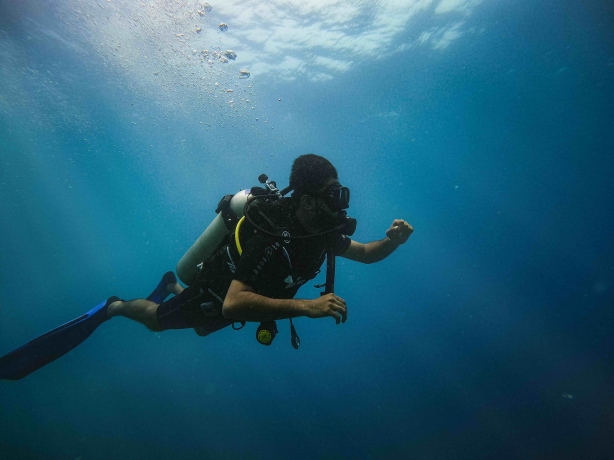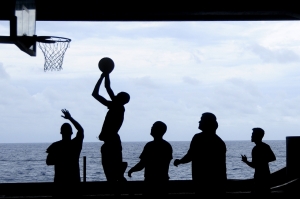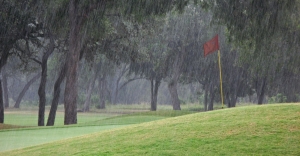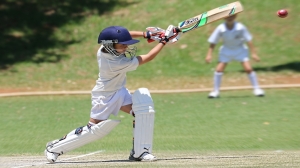Take Your First Underwater Shots with Confidence
Underwater photography is a fun and rewarding way to capture your dive experiences — but it can also be frustrating if you're just starting out. Lighting, movement, and water conditions all add new challenges to taking great photos below the surface.
If you're learning to dive or just got your first underwater camera, here are some practical tips to help you get better shots — without stressing or scaring the fish away.
1. Master Your Buoyancy First
steadily without sinking or kicking up sand is key to getting sharp photos — and protecting marine life.
Many photogenic underwater spots in Bali have delicate coral or silty bottoms, so good control helps avoid damage and blurry shots.
If you're still working on buoyancy, leave the camera behind and concentrate on positioning first.
2. Start with a Simple Camera Setup
You don't need a $3,000 rig to take nice underwater photos. Start with a compact waterproof camera, a GoPro, or even a smartphone in a dive-rated housing. As you improve your skills, you can upgrade your gear later.
Simple setups let you focus on composition, lighting, and timing — the most important parts of underwater photography.
3. Get Close — Then Get Closer
Water reduces sharpness and color. To get better results, move closer to your subject — ideally within 1 meter (3 feet). Use a wide-angle setting when possible and avoid using zoom underwater, which lowers image quality.
Patience is key. Wait for the right moment rather than chasing marine life.
4. Use Natural Light to Your Advantage
If you're not using an external flash or light, shoot in shallow water where natural light still reaches. The best colors appear above 10 meters (30 feet), especially on sunny days.
To reduce green or blue color cast, position the sun behind you and angle the camera slightly downward.
You can also sign up for a dive focused on underwater photography or macro life. Many dive operators in Bali offer gentle reef dives that are perfect for practicing.
5. Respect Marine Life and Stay Safe
Never touch, chase, or corner animals just to get a photo. Not only is it harmful, but it can also create dangerous situations — for you or the wildlife.
Always maintain distance, avoid flash if it disturbs the subject, and focus on capturing behavior naturally.
Bonus Tip: Review Your Photos Post-Dive
After your dive, take time to look through your shots and note what worked — and what didn't. You'll learn quickly and make the most of your next dive.
Ask your guide for feedback or tips, especially if they're an experienced photographer.
Final Thoughts
Underwater photography takes practice, patience, and good diving habits. Start simple, get close, and stay steady — your photos will improve naturally over time. And the best part? Every shot you take becomes a memory you can share and keep forever.






